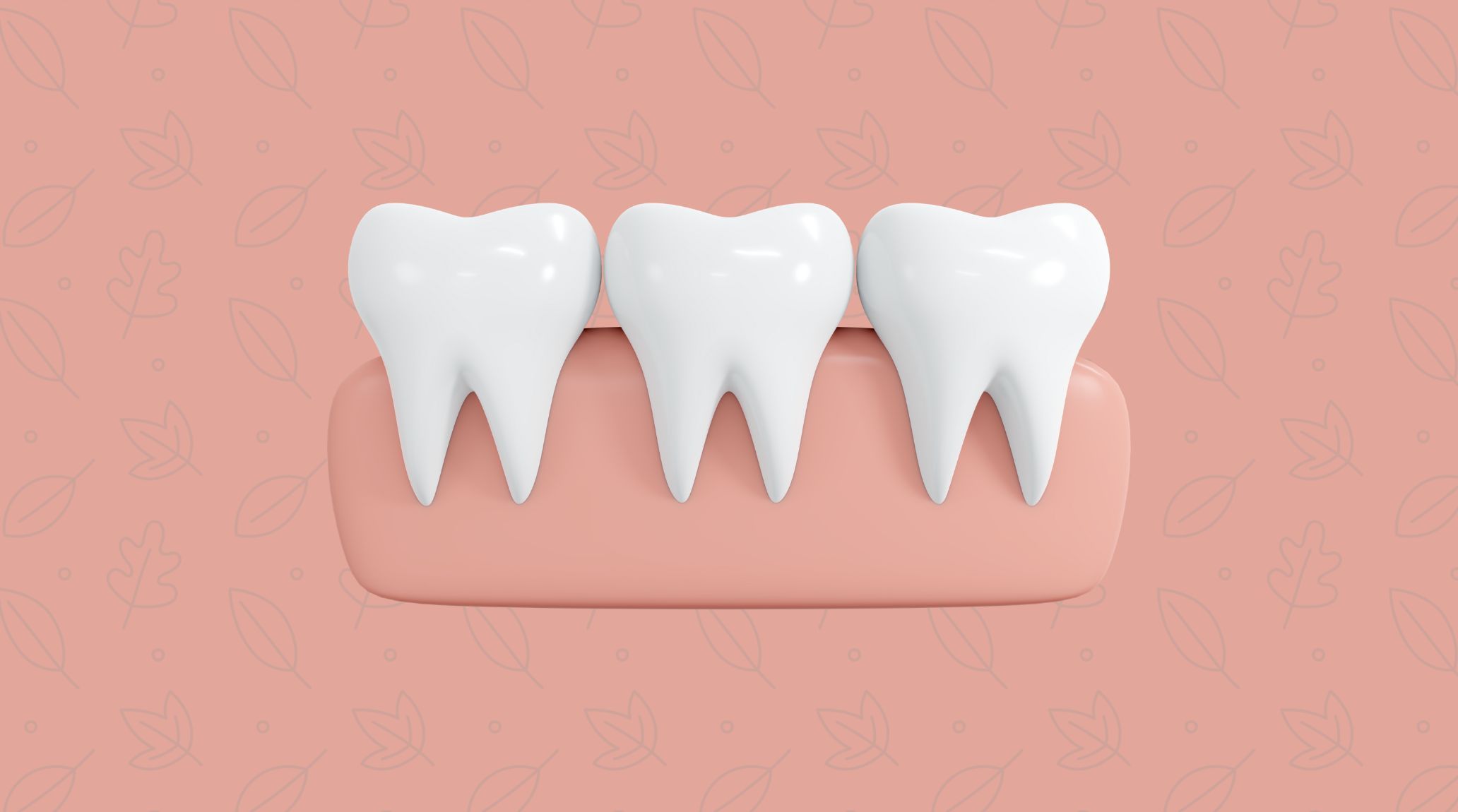
“
The anatomy of teeth roots is fundamental to maintaining the stability and health of your teeth. Each tooth's root system anchors it securely within the jawbone, providing essential support for daily functions like chewing and speaking. These 20 key facts explore the complex anatomy of teeth roots and their importance in maintaining stability and function in the mouth.1
1
”
The root of a tooth anchors it securely to the jawbone, providing stability. It consists of one or more root canals that contain nerves and blood vessels essential for maintaining tooth vitality. The root extends into the alveolar bone, offering support and strength. 1

The root is covered by a hard, calcified tissue known as cementum. This tissue helps anchor the tooth to the surrounding bone through periodontal ligaments. Cementum is softer than enamel but plays a crucial role in tooth stability.
Inside each root are root canals that house the dental pulp, consisting of nerves, blood vessels, and connective tissue. These canals are vital for tooth health, providing nutrients and sensory functions. 2
Surrounding the root is the periodontal ligament, a connective tissue that attaches the tooth to the alveolar bone. This ligament acts as a cushion, absorbing forces from chewing and biting. 3
The apical foramen is a small opening at the tip of the tooth root where nerves and blood vessels enter the root canal. This foramen allows essential nutrients and sensations to reach the tooth's interior. It is crucial for the vitality and health of the tooth. 4
Beneath the cementum lies the root dentin, a calcified tissue that provides structural support to the tooth. Root dentin is less hard than enamel but is tougher than bone, offering resilience. 5
The number and shape of roots can vary significantly between different tooth types. Molars, for example, typically have multiple roots and canals to handle complex chewing forces. Incisors usually have a single root adapted for cutting rather than grinding. 6
The roots of teeth develop over time and are not fully formed at birth. In children, primary teeth have roots that gradually resorb to make way for permanent teeth. This process ensures that the transition from baby teeth to adult teeth occurs smoothly. 7
Herbivores, such as cows, have large, flat molars with extensive roots to grind fibrous plant material. Their root structures are broad and robust to provide maximum stability during extensive chewing. 8
Root canal treatment involves removing infected or damaged tissue from the root canal. This procedure can save a tooth from extraction and involves cleaning and sealing the canal. It is vital for treating severe tooth infections. 9

Mammals like elephants have molars with multiple roots and large surfaces to accommodate their herbivorous diet. This root structure supports extensive chewing needs essential for grinding tough plant material.
Proper root formation is critical for the correct eruption of teeth. Inadequate root development can lead to misalignment or other dental issues. Root growth ensures that teeth emerge and function as intended. 10
Genetic factors can affect the size, shape, and number of tooth roots. Variations can lead to unique dental patterns and conditions. These genetic differences contribute to the diversity in dental anatomy among individuals. 11
Infections at the root apex, known as apical periodontitis, cause pain and swelling. Treatment options include root canal therapy or surgical intervention to address the infection. Managing this condition is crucial for tooth preservation. 12
Reptiles often have simpler tooth root structures compared to mammals. For instance, snakes have straightforward roots supporting their fang-like teeth for venom delivery. This simplicity suits their dietary and predatory needs. 13
Some aquatic animals, such as sharks, have multiple rows of teeth with complex root structures. These teeth continuously shed and replace themselves, ensuring they always have sharp teeth for capturing prey. This adaptation is crucial for their feeding strategy. 14
In beavers, the roots of their large incisors are deeply embedded and continuously growing. This adaptation allows them to gnaw on wood without wearing down their teeth. The robust root structure supports their constant chewing behavior. 15
The periodontal ligament surrounds the root and connects it to the jawbone. It acts as a shock absorber during chewing and helps maintain tooth position. This ligament is essential for the tooth's stability and function. 16
The length of tooth roots influences their stability. Longer roots generally offer more anchorage, while shorter roots can lead to reduced stability. This length variation affects how well teeth are held in place. 17
Each tooth root consists of three main layers: the enamel, dentin, and pulp. The root's internal canal houses nerves and blood vessels vital for tooth health and sensation. The enamel, while covering the tooth crown, does not extend to the root. 18


